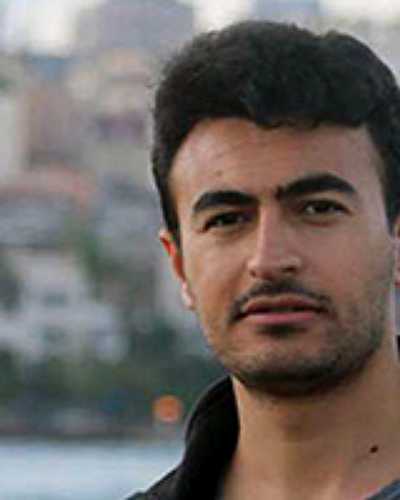Now published, see the full article 
Early Abstract:
Introduction: The long-term outcomes of different telerehabilitation gains for discharged COVID-19 patients are largely uncertain, and this point needs to be explored. This study aimed to research the effectiveness of telerehabilitation and compare the long-term results of video-conferencing-guided synchronous telerehabilitation and mobile-application-guided asynchronous telerehabilitation programs, as well as determine the correlation between clinic and hemodynamic parameters.
Methods: Exercise programs including aerobic exercises, strengthening exercises, and pulmonary exercises were given to the discharged COVID-19 patients by video conferencing or mobile application telerehabilitation. All patients underwent programs three times per week for 8 weeks. Lower extremity strength and functional status were assessed using a 30-second sit-to-stand test (30-s STS); physical activity level was assessed using the International Physical Activity Questionnaire short form (IPAQ); pulse oximetry was used to determine oxygen saturation and heart rate; and dyspnea and fatigue were assessed using the Modified Borg scale. Baseline, post-treatment, and long-term data were analyzed.
Results: A total of 27 patients completed the study. Significant improvement was seen in all parameters in long-term results with telerehabilitation programs (p<0.05). Especially, in analyzing the between-group effect at rest (p=0.031) and post-exertion saturation (p=0.004), there were significant differences in favor of video conferencing. Saturation was negatively correlated with dyspnea and fatigue (p<0.05). Post-exercise, dyspnea showed a moderate positive correlation with fatigue (r=.582, p=0.001) and heart rate (r=.412, p=0.033), while it exhibited a moderate negative correlation with 30-s STS (r=–.424, p=0.027) and IPAQ (r=–.401, p=0.038).
Conclusions: Both methods generally provide positive gains in clinic and hemodynamic parameters, but the video conferencing results were slightly better. Saturation at rest and dyspnea after exertion can provide a brief prediction about the cardio-pulmonary system. Our findings are important for individuals who have access problems to the clinic and city center and can be used for follow-up and treatment approaches.
Keywords: COVID-19, dyspnea, fatigue, saturation, sit-to-stand, telerehabilitation.


